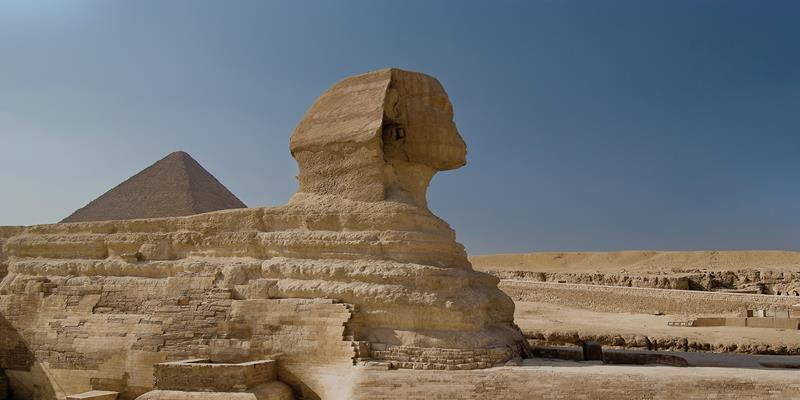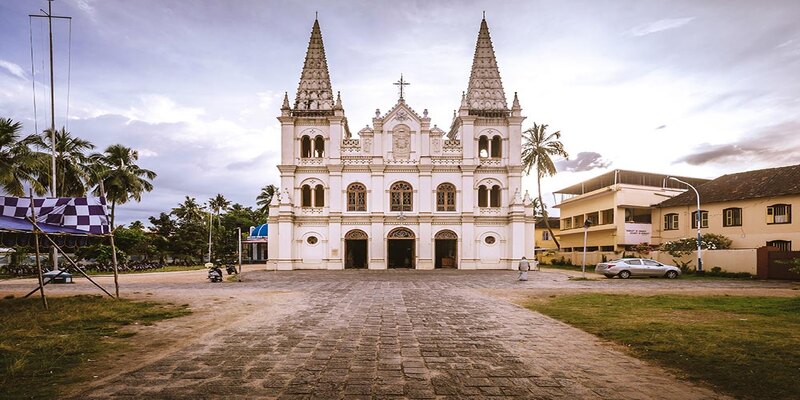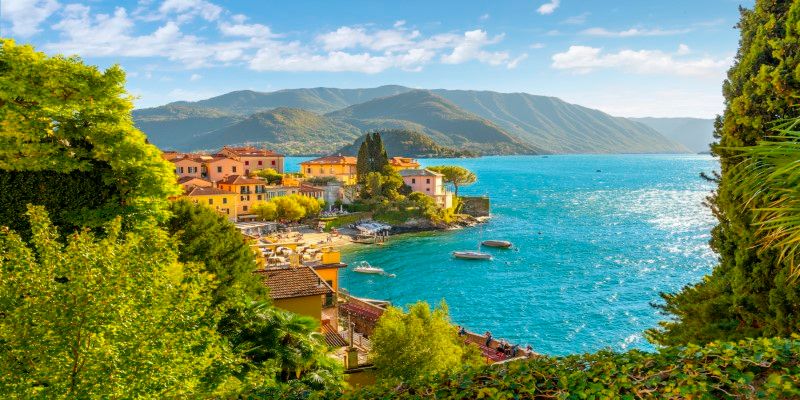Armenia, nestled in the South Caucasus region between Europe and Asia, boasts a rich cultural and religious heritage, with Christianity deeply ingrained in its history. One of the most striking features of Armenia's landscape is its plethora of churches and monasteries, each telling a story of faith, resilience, and architectural brilliance. These sacred sites serve as places of worship and cultural landmarks, reflecting Armenia's enduring spiritual identity. In this guide, we'll embark on a journey to explore some of the most notable churches in Armenia, delving into their history, significance, and architectural marvels.
Etchmiadzin Cathedral: The Heart of Armenian Christianity
At the heart of Armenian Christianity stands the magnificent Etchmiadzin Cathedral in Vagharshapat. Also known as the Mother Church of Armenia, Etchmiadzin holds a special place in the hearts of Armenians as the oldest cathedral in the world. Built in the early 4th century by Saint Gregory the Illuminator, it serves as the headquarters of the Armenian Apostolic Church and is considered a UNESCO World Heritage Site.
The cathedral's architecture is a testament to Armenia's early adoption of Christianity, featuring a blend of Byzantine, Persian, and Armenian styles. Visitors to Etchmiadzin can marvel at its towering dome, intricate carvings, and sacred relics, including the Holy Lance and the Right Hand of St. Gregory.
Tatev Monastery: A Spiritual Haven in the Mountains
Perched atop a rugged cliff in the Syunik Province, Tatev Monastery symbolizes spiritual enlightenment and architectural ingenuity. Founded in the 9th century, Tatev served as a center of learning, religion, and culture during medieval times. Its remote location, surrounded by breathtaking scenery, adds to its mystique and allure. Accessible via the Wings of Tatev, the world's longest reversible aerial tramway, reaching the monastery is an adventure.
Visitors can explore the monastery's intricate stone carvings, medieval manuscripts, and the famed Tatev Gospel, a masterpiece of Armenian illuminated manuscripts. Tatev Monastery not only offers a glimpse into Armenia's religious heritage but also provides a serene retreat from the hustle and bustle of modern life.
Geghard Monastery: Carved in Stone
Geghard Monastery is a marvel of medieval Armenian architecture and spirituality, tucked away among the cliffs of the Azat River Gorge. The monastery complex, partially carved out of the adjacent rock formations, is renowned for its unique blend of Armenian Apostolic and pagan traditions. Founded in the 4th century, Geghard, meaning "spear" in Armenian, refers to the Holy Lance that pierced the side of Christ during the crucifixion, which was allegedly housed here.
The highlight of Geghard Monastery is its main church, surrounded by intricate khachkars (cross-stones) and cave chapels, each with its own story to tell. Visitors can sense the spiritual energy of Geghard as they wander through its ancient halls, admiring the skillful craftsmanship and deep reverence for nature ingrained in every stone.
Noravank Monastery: Where Art Meets Faith
In the rugged terrain of Vayots Dzor Province stands Noravank Monastery, a masterpiece of Armenian medieval architecture and artistic expression. Founded in the 12th century by Bishop Hovhannes, Noravank flourished as a center of learning, theology, and artistic innovation during the prosperous reign of the Orbelian princes.
The monastery is renowned for its stunning Surb Astvatsatsin Church, adorned with intricate carvings, ornate frescoes, and a distinctive red sandstone faade that glows in the sunlight. Noravank's remote location, nestled amidst towering cliffs and verdant valleys, adds to its ethereal charm, making it a favorite destination for pilgrims and photographers alike.
Haghpat and Sanahin: Twin Marvels of Armenian Architecture
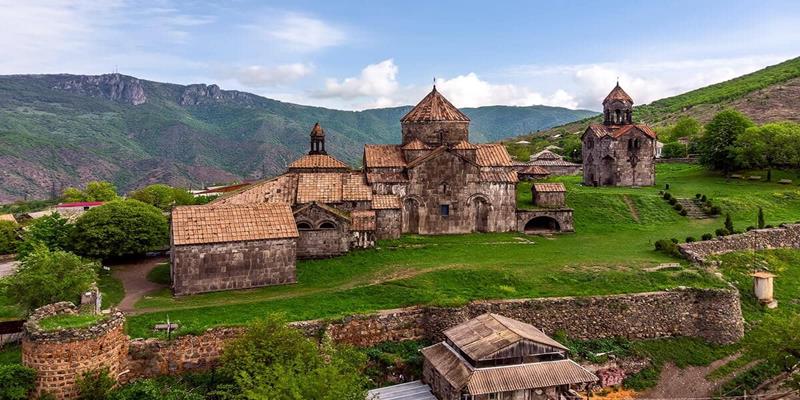
In the lush forests of Lori Province lie two gems of Armenian ecclesiastical architecture: Haghpat and Sanahin Monasteries. Dating back to the 10th century, these monastic complexes are distinguished by their harmonious integration with the surrounding landscape and exquisite medieval craftsmanship. Haghpat Monastery, perched on a verdant hillside overlooking the Debed River, captivates visitors with its intricate khachkars, sculpted reliefs, and the majestic Surb Nishan Church.
Meanwhile, Sanahin Monastery, a UNESCO World Heritage Site, boasts a rich collection of cross-stones, illuminated manuscripts, and the ornate main church of Surb Astvatsatsin. Haghpat and Sanahin stand as a testament to Armenia's artistic and spiritual legacy, inviting travelers to immerse themselves in a bygone era of cultural splendor.
Dilijan: The Jewel of Armenia's Forests
Nestled amidst the lush forests of Tavush Province lies the charming town of Dilijan, often referred to as the "Little Switzerland of Armenia." Beyond its natural beauty, Dilijan is home to several noteworthy churches and monasteries, each contributing to the region's rich cultural tapestry. One such landmark is the Monastery of Haghartsin, dating back to the 10th century and nestled in a secluded forested valley.
Its picturesque setting, with towering trees and trickling streams, creates an atmosphere of serenity and spirituality. Visitors can explore the monastery's ornate churches, intricate stone carvings, and tranquil courtyards, immersing themselves in a world of ancient Armenian architecture and religious devotion.
Gandzasar: A Testament to Armenian Resilience
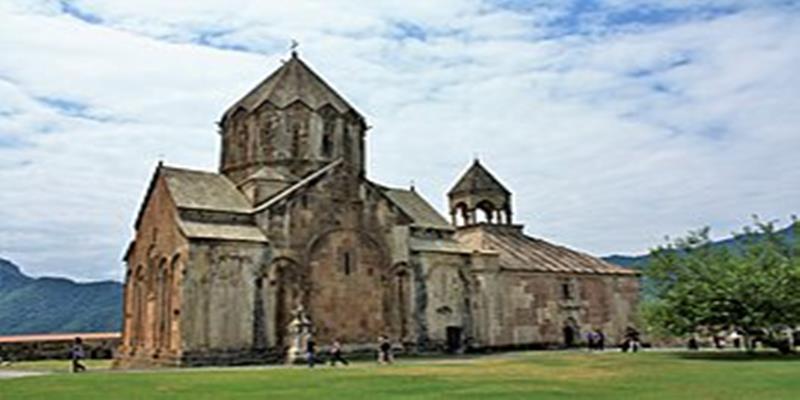
Perched atop a hill overlooking the fertile plains of Artsakh, Gandzasar Monastery stands as a symbol of Armenian resilience and spiritual fortitude. Founded in the 10th century by Prince Hasan Jalal Vahtangian, Gandzasar has weathered centuries of tumult and strife, emerging as a beacon of hope and cultural pride for the Armenian people.
Its name, "Treasure Mountain" in Armenian, reflects the monastery's significance as a spiritual treasure trove, housing relics, manuscripts, and artifacts of immense historical and religious importance. The main church of Surb Hovhannes Mkrtich, adorned with intricate stone carvings and vibrant frescoes, serves as the focal point of worship and pilgrimage, drawing visitors from far and wide to witness its splendor and significance.
Conclusion
As we conclude our journey through the churches of Armenia, it becomes evident that these sacred sites are more than mere buildings; they are living testaments to Armenia's enduring faith, resilience, and cultural heritage. From the ancient walls of Etchmiadzin Cathedral to the remote cliffs of Tatev Monastery, each church holds a story waiting to be discovered, a treasure trove of history and spirituality waiting to be explored.
Whether you're a devout pilgrim, an art enthusiast, or a curious traveler, Armenia's churches offer a glimpse into a world where the divine meets the earthly, where history merges with legend, and where the soul finds solace amidst the world's chaos. So, pack your bags, embark on this spiritual odyssey, and let the churches of Armenia guide you on a journey of discovery, enlightenment, and awe-inspiring beauty.

